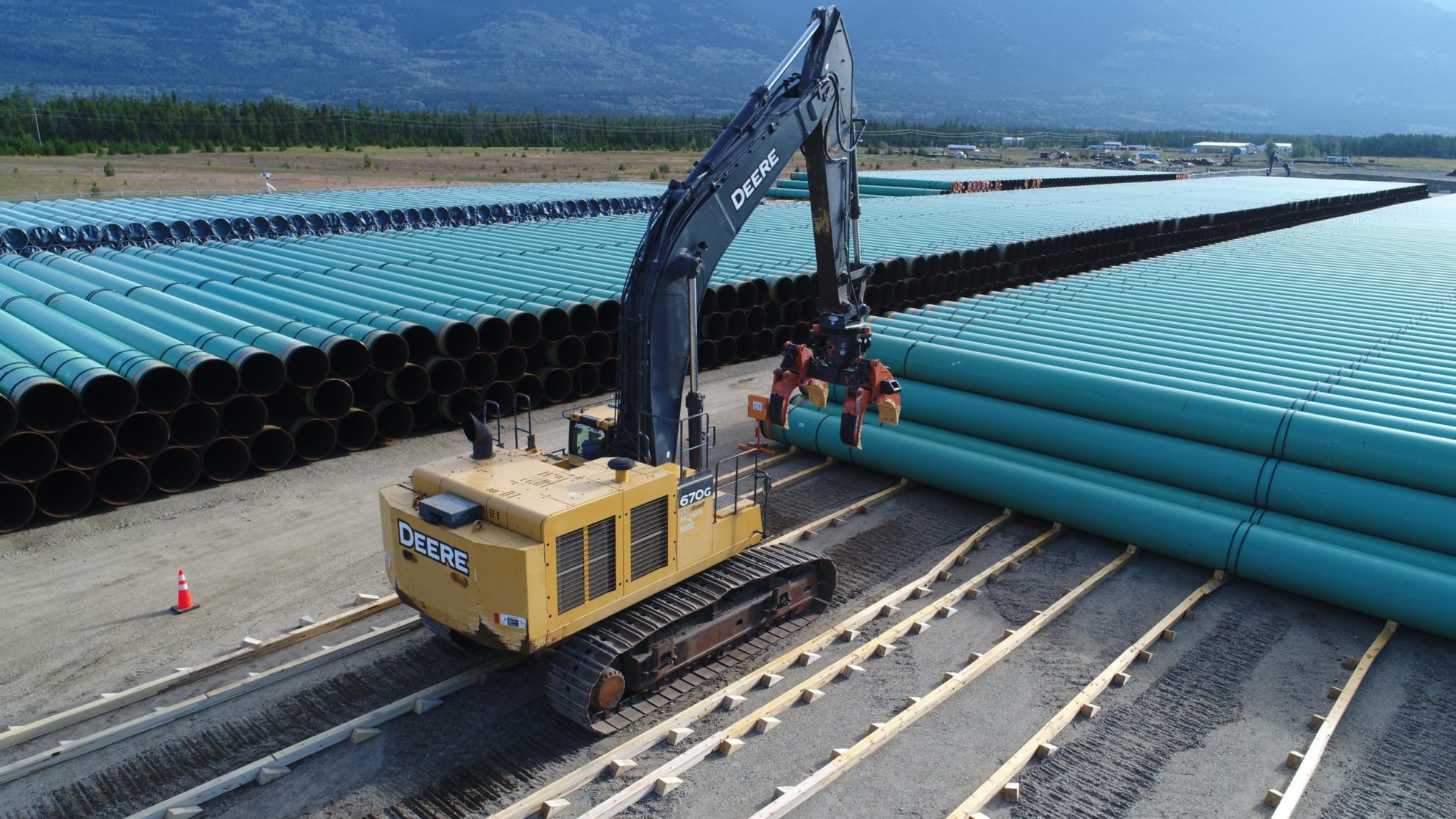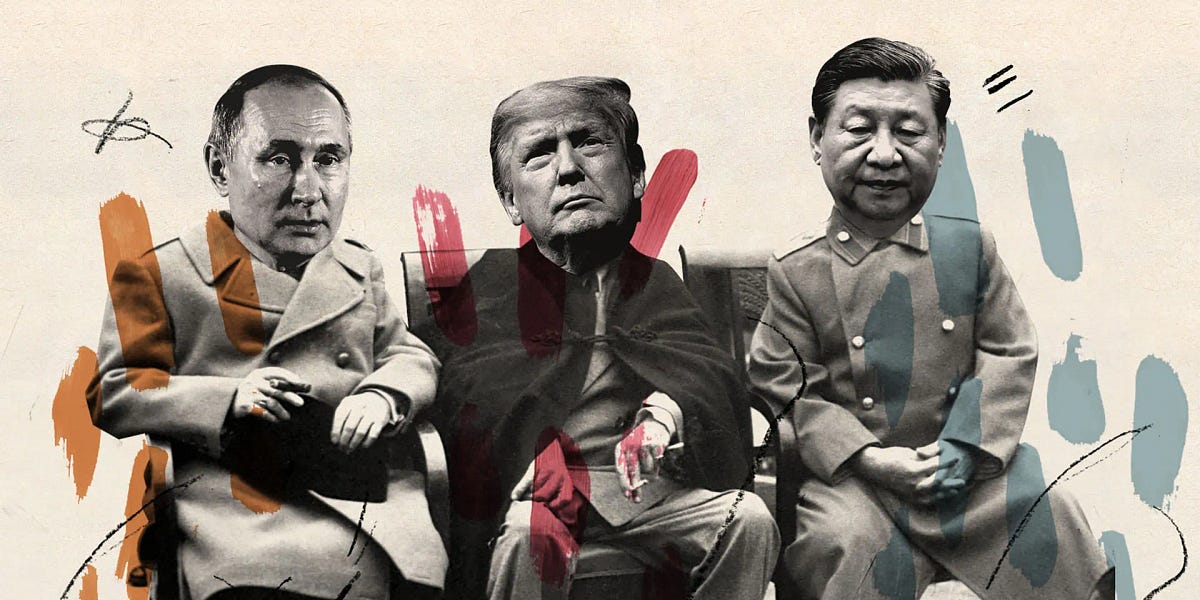For Canadian subscribers, here’s a proper Conservative. As you might imagine, he is not among the fifth of Canada’s would-be Conservative voters who would be happy, if provided with the opportunity, to join the United States. His name is Stephen Harper. You may have heard of him.
This is what Harper has to say for himself:
“I have repeatedly said that Canada’s alliance, partnership, and friendship with the United States is one of our country’s greatest assets. However, given a contrary American perspective,
our focus now should not be on pursuing a deeper economic and security partnership. At this stage, whatever comes next from the President,
Canada must avoid further dependency on the United States.”
For saying exactly the same thing, I have been roundly villified by a significant cohort of Canadian “conservatives” who also style themselves, as often as not, as Albertan sovereignists, or separatists. They are millstones around the necks of every prospective candidate for Poilievre’s party. They are an encumbrance on Poilievre’s ability to articulate a distinct approach to our current predicament. Poilievre is a patriot, and it’s not fair, but life isn’t either and the Liberals are fast gaining ground.
My pal Bari Weiss, editor of the Free Press, has
noticed the same thing in the United States - the rise of a reactionary, lumpen right, masquerading as conservatives. “Like the far left, they have no use for history, but judge people living and dead in the ideological light of presentism, or simply reimagine them from scratch. As the left defaced and desecrated statues of Churchill, the vandals on the right desecrate his name and his memory.
“. . .All of this seems as obvious to me as the notion that a girl cannot become a boy. But a lot of people seem to have a hard time saying these things out loud right now.”
A bracing read in the Free Press, by River Page:
The Online Right Is Building A Monster.
Over in Britain, my old chum Nick Cohen’s chronicles of the left’s descent into a suicidal “antiwar” neo-Stalinism and apologetics for theocratic fascism are essential reading (see for instance his book
What's Left?: How the Left Lost its Way). Nick has noticed exactly the same thing lately:
Why conservatives embrace extremism: How Trumpist fantasies destroy the moderate right.
“The communists justified dictatorship by saying that democracy was a sham because capitalists secretly pulled the strings of power. The Nazis justified their dictatorship by saying the Jews controlled democracies. Today’s far right says democracy is a sham because the progressive elite rigs elections with migrants and covertly controls the deep state.
“A bitter old wine is being decanted into shiny new bottles.”


















